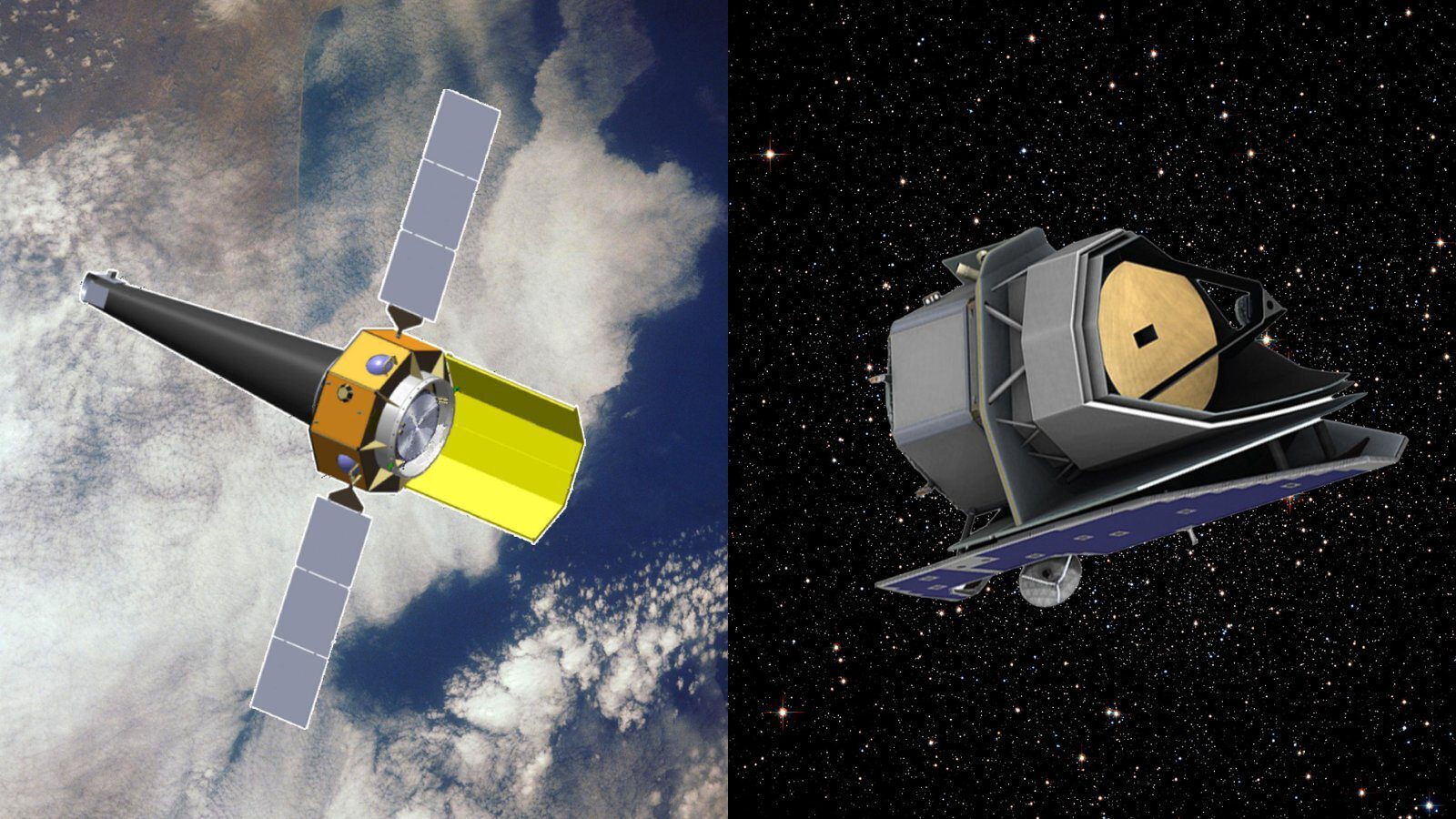- October 03, 2024
- By Emily C. Nunez
NASA on Thursday selected two proposals for space probes to advance to the next round of consideration for a $1 billion mission set to launch in 2032—and both are led by University of Maryland astronomers.
The Advanced X-ray Imaging Satellite (AXIS) mission, led by Professor Christopher Reynolds as the PI, would peer “further and wider” into the early cosmos than previous X-ray observatories. AXIS would "be able to detect X-rays from the first supermassive black holes in the first 500 million years of the universe," among other cosmic phenomena, he said.
Reynolds also hopes to study how central black holes, which sit in the middle of galaxies, influence the formation of stars and other celestial objects around them. While the James Webb Space Telescope has already made significant strides in black hole research, Reynolds said that AXIS could complement or even expand on its findings.
PRobe far-Infrared Mission for Astrophysics (PRIMA), with Professor Alberto Bolatto as a co-investigator and NASA Goddard Space Flight Center researcher and Adjunct Professor Jason Glenn as PI, would pick up on far-infrared radiation, an "underserved" wavelength, to explore the formation of black holes and stars in the early universe, as well as protoplanetary disks and space dust, Bolatto said.
With PRIMA, researchers also plan to analyze protoplanetary disks—collections of gas and dust orbiting young stars that are the birthplace of planets—to determine how much water is needed for different types of planets to form. Doing so could even uncover where Earth’s water came from, a mystery that has not been definitively solved.
Each project will receive $5 million to further develop their plans and prototypes over the next year. NASA will then re-review the proposals and select one mission to move forward in 2026.
"This is terrific news—Chris, Alberto and Jason are true leaders in their fields,” said Andrew Harris, chair of UMD’s Department of Astronomy. “They, along with colleagues at NASA Goddard and other institutions, have made the scientific cases that drive these exciting missions forward to the next stages possible."
This announcement follows NASA’s creation of a new class of astrophysics observatories, called probes, which are smaller than “flagship” missions like the James Webb Space Telescope but still capable of tackling the big questions in astrophysics. NASA plans to select either a far-infrared or X-ray observatory to investigate the birth of planets, as well as the evolution of galaxies and black holes, in the early universe.
“It's a huge achievement for three of our astronomy faculty members to be leading the charge on missions that will explore the cosmos in an entirely new way,” said Amitabh Varshney, dean of the College of Computer, Mathematical, and Natural Sciences.
Topics
Research